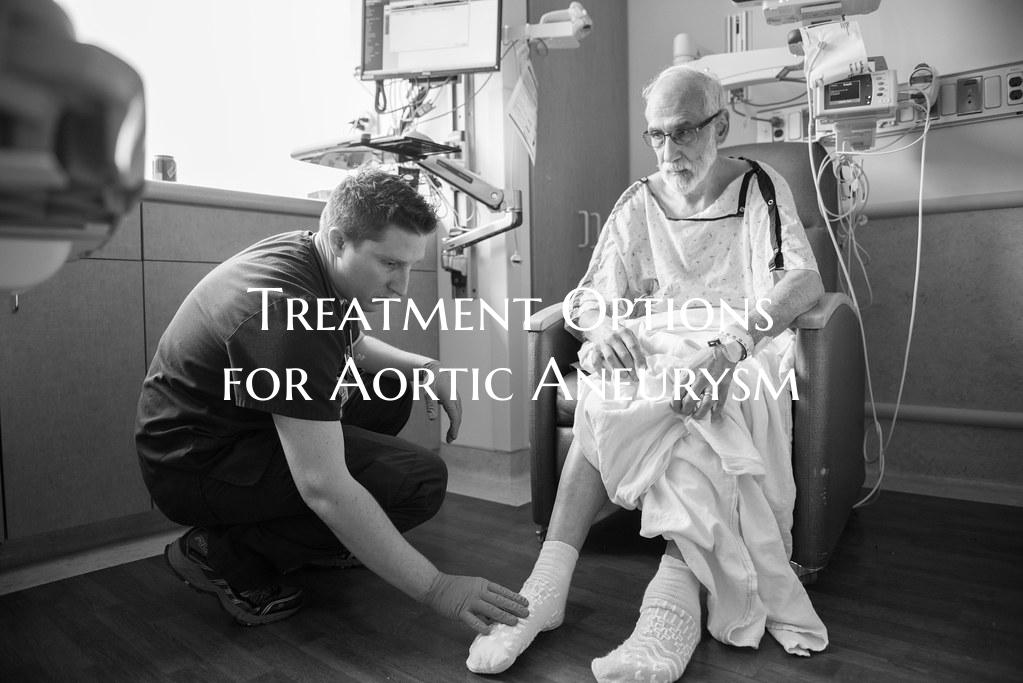
Treatment Options for Aortic Aneurysm
Aortic aneurysms pose a serious health risk and require timely diagnosis and appropriate management. The aorta is the body's largest blood vessel, and an aneurysm in this vital artery can lead to life-threatening complications if left untreated. Fortunately, there are effective treatment options available for aortic aneurysms, depending on factors such as the size, location, and overall health of the patient.
1. Monitoring and Lifestyle Modifications: - For small aortic aneurysms that are not causing symptoms and are not at immediate risk of rupture, a watchful waiting approach may be recommended. This involves regular monitoring of the aneurysm through imaging tests such as ultrasound or CT scans. Lifestyle modifications such as quitting smoking, managing high blood pressure, and maintaining a healthy weight are crucial to prevent the aneurysm from growing or rupturing.
2. Medication Management: - In some cases, medication may be prescribed to help control risk factors associated with aortic aneurysms, such as high blood pressure or high cholesterol. Blood pressure-lowering medications, beta-blockers, or statins may be recommended to reduce the risk of aneurysm growth and rupture.
3. Surgery: - Surgical intervention is often necessary for large or fast-growing aortic aneurysms to prevent rupture. The two main types of surgical procedures for aortic aneurysms are open surgery and endovascular aneurysm repair (EVAR). - Open Surgery: In this traditional approach, a large incision is made in the chest or abdomen to directly repair the weakened or bulging area of the aorta with a synthetic graft. - Endovascular Aneurysm Repair (EVAR): This minimally invasive procedure involves inserting a stent graft through small incisions in the groin and guiding it to the site of the aneurysm to reinforce the weakened vessel walls.
4. Monitoring and Follow-Up: - Regular monitoring is essential after treatment for an aortic aneurysm to ensure its stability and to assess the effectiveness of the chosen treatment option. Follow-up appointments with a healthcare provider, as well as imaging tests, will be scheduled to track the aneurysm's progression and overall health status.
5. Emergency Treatment: - If an aortic aneurysm ruptures, it is a life-threatening emergency that requires immediate medical attention. Emergency surgery may be necessary to repair the ruptured aorta and save the patient's life.
In conclusion, the treatment options for aortic aneurysms range from conservative management strategies for small aneurysms to more invasive surgical interventions for larger or high-risk cases. Early detection, close monitoring, and lifestyle modifications play a crucial role in managing aortic aneurysms effectively and reducing the risk of complications. Consultation with a healthcare provider or a vascular specialist is essential to determine the most appropriate treatment plan based on individual circumstances.